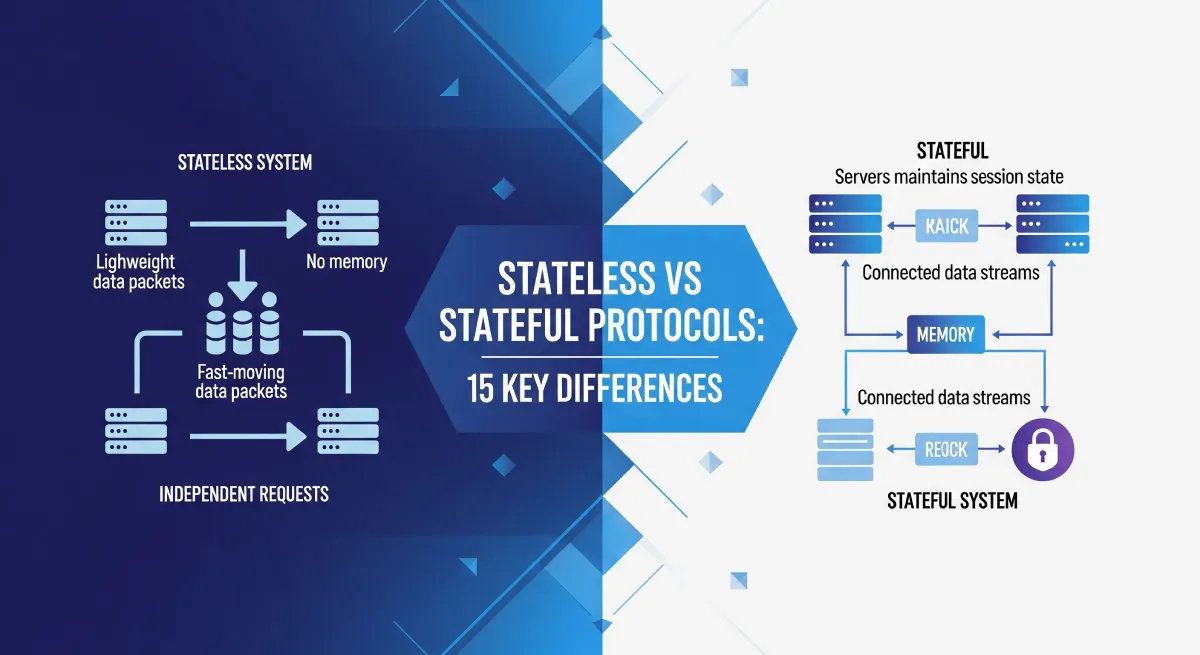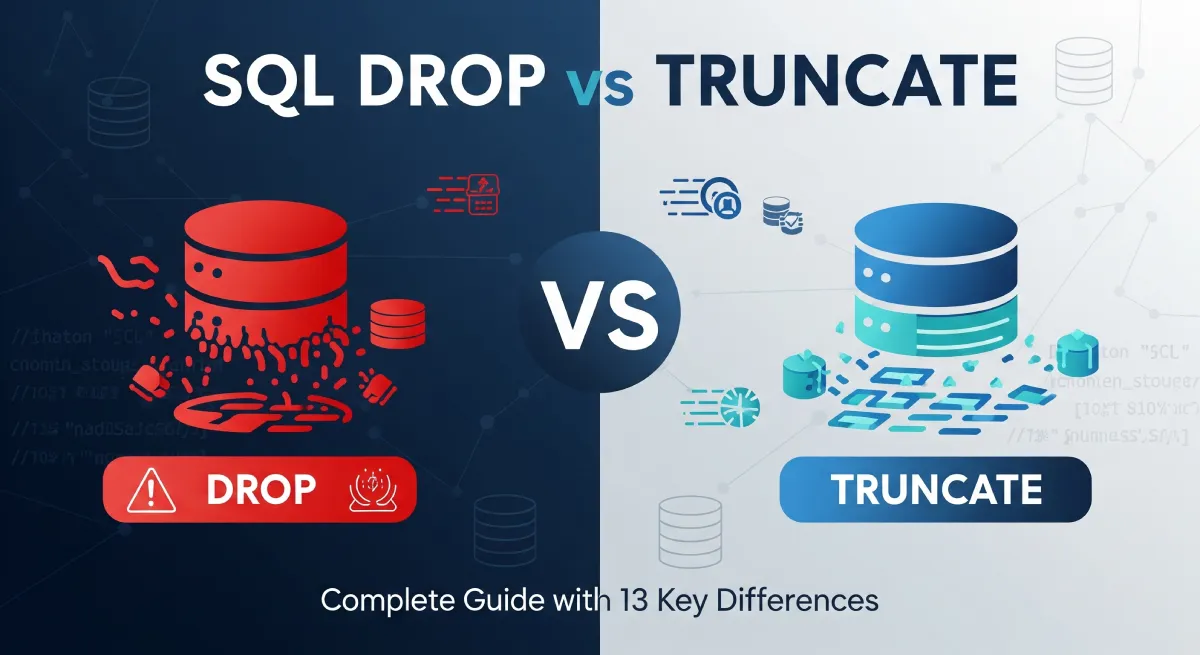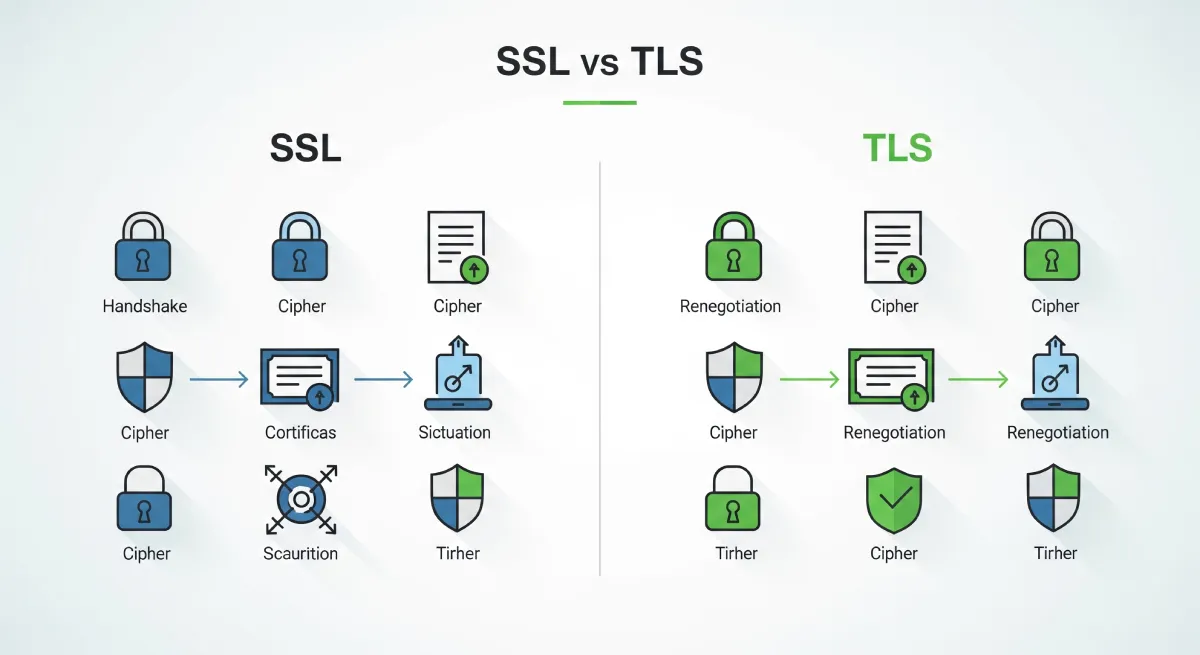Intel vs AMD processors dominate the CPU market, offering unique strengths and performance. Choosing the right one depends on your specific needs, whether for gaming, productivity, or general use. Let’s dive into their key differences to help you decide.
Concept Explanation:
Intel Processors:
Intel processors are known for their strong single-core performance, making them ideal for tasks that rely heavily on single-threaded applications.
Advantages:
- Strong single-core performance
- Generally better integrated graphics
Disadvantages:
- Higher power consumption
- Can be more expensive for higher-end models
AMD Processors:
AMD processors are known for offering better multi-core performance and are often favored by users who require high performance for multitasking, content creation, and gaming.
Advantages:
- Better multi-core performance
- Generally more cores/threads for the price
Disadvantages:
- Lower single-core performance compared to Intel in some cases
- May require more power for peak performance
Technical Characteristics:
Intel and AMD processors differ in their architecture, core count, clock speeds, cache sizes, and thermal design power (TDP). These technical characteristics directly impact the performance and efficiency of the CPUs.
Use Cases and Applications:
Intel processors are often preferred for applications that benefit from strong single-core performance, such as gaming, single-threaded software, and certain professional applications. On the other hand, AMD processors are favored for multitasking, content creation, video editing, and other tasks that benefit from high multi-core performance.
Key Differences: Intel vs AMD Processors
| Intel Processors | AMD Processors |
|---|---|
| Typically have higher single-core performance | Known for offering more cores/threads in their processors |
| Often more power-efficient | May consume more power under heavy workloads |
| Integrated graphics performance is generally better | Focus more on CPU performance rather than integrated graphics |
| Compatible with Intel chipsets and motherboards | Require AMD chipsets and motherboards |
| Generally more expensive | Tend to offer better value for budget-conscious consumers |
| Overclocking capabilities are limited on non-“K” series CPUs | Most processors are unlocked for overclocking |
| Commonly used in laptops and desktops | Offer competitive options in both desktop and server markets |
| Intel CPUs have historically better IPC (Instructions Per Cycle) | AMD focuses on improving IPC with each new processor generation |
| Quick Sync for hardware-accelerated video encoding | AMD relies on software solutions for video encoding acceleration |
| Higher clock speeds on average | Emphasize multi-threaded performance over single-core clock speeds |
| Strong market presence in enterprise and data center sectors | Increasing market share in consumer desktop and laptop segments |
| Includes technologies like Turbo Boost for dynamic performance adjustments | Utilizes Precision Boost for on-the-fly clock speed adjustments |
| Known for stability and reliability in long-term use | Offer competitive performance for gaming and content creation tasks |
| Support Thunderbolt technology on select models | Primarily use USB and PCIe for connectivity options |
| Traditionally better integrated memory controller performance | Recent improvements in memory latency and bandwidth management |

Practical Implementation
To showcase the differences between Intel and AMD processors, let’s consider a simple example where we demonstrate the performance variation using a basic arithmetic operation like calculating the sum of numbers.
Working Code Snippets
Below are the code snippets in Python that perform the same summation task using both Intel and AMD optimized libraries:
Using Intel's Math Kernel Library (MKL)
import numpy as np
from time import time
size = 1000000
arr = np.random.rand(size)
start_time = time()
result_intel = np.sum(arr)
end_time = time()
print(f"Intel Time: {end_time - start_time}")
Using AMD's Core Math Library (ACML)
import acml
start_time = time()
result_amd = acml.sum(arr)
end_time = time()
print(f"AMD Time: {end_time - start_time}")
Step-by-Step Implementation Guide
1. Install the required libraries for Intel MKL and AMD ACML.
2. Generate a large array of random numbers for testing.
3. Measure the time taken to perform the summation using both libraries.
4. Compare the performance metrics obtained from Intel and AMD processors.
Best Practices and Optimization Tips
- Utilize vendor-specific libraries like Intel MKL and AMD ACML for optimized performance.
- Opt for processor-specific optimizations during compilation for better efficiency.
- Update drivers and firmware regularly to ensure compatibility and performance enhancements.
Common Pitfalls and Solutions
Pitfall: Incompatible library versions causing runtime errors.
Solution: Ensure all libraries are up to date and compatible with the respective processor architecture.
Pitfall: Incorrect compiler flags leading to suboptimal performance.
Solution: Use compiler flags specific to Intel or AMD processors for maximum optimization.
By following these guidelines and utilizing processor-specific optimizations, you can effectively explore and leverage the variances between Intel and AMD processors for enhanced performance in your applications.
Frequently Asked Questions
What are the key differences between Intel and AMD processors?
Intel and AMD processors differ in terms of architecture, performance, power consumption, and price. Intel processors are known for strong single-core performance, while AMD processors often offer more cores and threads for multitasking and productivity. Additionally, Intel CPUs are typically more expensive than AMD counterparts.
Which processor brand is better for gaming?
Both Intel and AMD processors can deliver excellent gaming performance. Intel CPUs are favored for their higher clock speeds and single-core performance, making them ideal for games that rely heavily on single-threaded tasks. On the other hand, AMD processors, especially Ryzen CPUs, are popular for their multicore performance, which can benefit games that utilize multiple cores effectively.
How do Intel and AMD processors differ in terms of overclocking?
Intel processors traditionally have better overclocking capabilities due to their higher clock speeds and better thermal performance. AMD processors, especially Ryzen CPUs, are also overclockable but may require more power and better cooling solutions to achieve optimal performance. Overclocking results can vary based on the specific model of the processor.
What factors should I consider when choosing between an Intel and AMD processor?
When selecting between Intel and AMD processors, consider your specific needs and budget. If you prioritize single-core performance for tasks like gaming or certain applications, Intel processors might be the better choice. On the other hand, if you require multitasking capabilities or need more cores for content creation or productivity, AMD processors, especially Ryzen CPUs, could be a more cost-effective option.
Do Intel or AMD processors offer better value for money?
The value proposition of Intel versus AMD processors can vary based on your requirements. Intel processors generally come at a higher price point but offer strong single-core performance. AMD processors, particularly Ryzen CPUs, provide competitive multicore performance at a more affordable price, making them a better value for users who prioritize multitasking or content creation. Consider your specific needs and budget to determine which brand offers the best value for your use case.
Conclusion
In conclusion, the comparison of Intel and AMD processors unveils distinct variances that cater to different user requirements. Intel processors excel in single-core performance and power efficiency, making them ideal for tasks that require high-speed processing with lower power consumption. On the other hand, AMD processors offer superior multi-core performance and are well-suited for demanding multitasking and content creation tasks.
Based on these key differences, clear recommendations can be made depending on individual needs. If your work primarily involves single-threaded applications or if power efficiency is a priority, opting for an Intel processor would be advantageous. Conversely, if you engage in tasks that benefit from multi-core performance, such as video editing or 3D rendering, an AMD processor would be the better choice.
When making a decision between Intel and AMD processors, it is essential to consider factors such as your specific workload requirements, budget constraints, compatibility with existing hardware, and future upgrade possibilities. By evaluating these criteria against the performance attributes of each processor type, you can make an informed decision that aligns with your computing needs and preferences.



